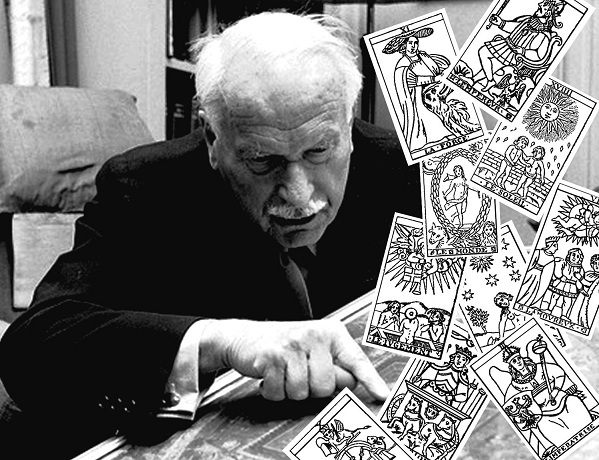When Jason Arday became a professor at University of Cambridge at the age of 37, he also became the youngest black person ever appointed to a professorship there. That’s impressive, but it becomes much more so when you consider that he didn’t learn to speak until he was eleven years old and read until he was eighteen. Diagnosed with Autism Spectrum Disorder at the age of three, he had to find different ways to develop himself and his life than most of us, and also to take advantage of help from the right collaborators: his mother, for instance, who learned the value of repetition to the autistic mind, and introduced her son to the highly repetitive game of snooker to get him used to mastering tasks.
“It’s hard to say if it worked or not,” Arday says in the Great Big Story video above. “Well, in terms of snooker, it did, because I became a really good snooker player.” An interested high school teacher, Chris Trace, and later a college tutor named Sandro Sandri, encouraged Arday to use his strong focus to not just catch up with but far surpass the average student.
“I don’t consider myself to be intelligent,” Arday says in the Black in Academia video below, “but I would bet that I’m one of the hardest-working people in the world.” In the Sociology of Education department, he’s directed his own work toward improving the situation of students possessed of similar drive in similarly difficult starting conditions.
Among Arday’s projects, according to the University of Cambridge’s web site, “a book with Dr. Chantelle Lewis (University of Oxford) about the challenges and discrimination faced by neurodiverse populations and students of color,” a program “to support the mental health of young people from ethnic minority backgrounds,” research into “the role of the arts and cultural literacy in effective mental health interventions,” and “a book about Paul Simon’s 1986 album, Graceland, focusing on the ethical dilemmas the singer-songwriter confronted by breaking cultural apartheid in South Africa to involve marginalized black communities in its production.”
Here on Open Culture, we’ve previously featured work on how music has helped autistic young people. It’s certainly helped Arday, who credits certain songs with helping him along in his quest for knowledge and academic credentials. He makes reference to David Bowie’s song “Golden Years,” because “there was a period of five years where it felt like everything I touched turned to gold — and I had another period of five years where it was just really, really difficult.” Overcoming disadvantages seems to have constituted half of Arday’s battle, but no less important, in his telling, has been his subsequent decision to focus on his distinctive set of strengths. Despite the young age at which he made professor, none of this came quickly — but then, he’d been psychologically prepared for that by another of his major musical touchstones: AC/DC’s “It’s a Long Way to the Top (If You Wanna Rock ‘N’ Roll).”
Related content:
The Wisdom & Advice of Maurice Ashley, the First African-American Chess Grandmaster
Based in Seoul, Colin Marshall writes and broadcasts on cities, language, and culture. His projects include the Substack newsletter Books on Cities, the book The Stateless City: a Walk through 21st-Century Los Angeles and the video series The City in Cinema. Follow him on Twitter at @colinmarshall or on Facebook.








